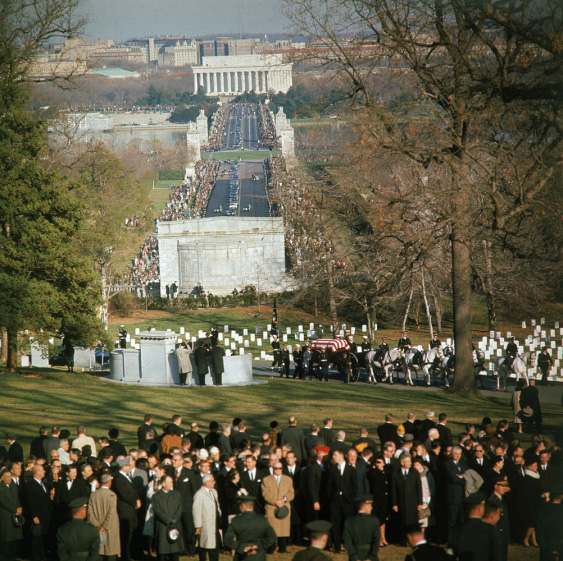
Kennedy laid to rest at Arlington on November 25, 1963
Kennedy laid to rest at Arlington: on this day in 1963, President John F. Kennedy, who was assassinated three days earlier, is buried at Arlington National Cemetery. It was his son's third birthday.
Kennedy's coffin had lain in state in the rotunda of the Capitol building the previous day. Approximately 250,000 people streamed by the closed flag-draped coffin in a massive outpouring of respect. The next day, television and movie cameras rolled while Kennedy's wife Jackie, his brothers Robert and Ted, political leaders and foreign dignitaries formed a solemn funeral procession behind Kennedy's coffin as it was transferred atop a horse-drawn caisson to St. Matthew's Cathedral. Observers noted the only sounds that could be heard were the cadence of drum beats and horses' hooves and muffled sobs from the approximately 1 million people who lined the route between the Capitol and the cathedral. At one point, Kennedy's son, John Jr., who turned three that day, was filmed saluting his father's coffin.
After the state funeral at St. Matthew's - the family had held a private mass at the White House on November 23 - the mourners proceeded to Arlington National Cemetery by car where Kennedy, a decorated World War II hero, was buried with military honors. Kennedy was the second president to be buried at Arlington; President William Howard Taft had been interred there in 1930.
Although Kennedy had not specified where he wanted to be buried, most assumed his gravesite would be in his home state of Massachusetts. In March 1963, though, President Kennedy had made an unscheduled tour of Arlington and had reportedly remarked to a friend on the view of the Potomac River from the cemetery's Custis-Lee Mansion, saying it was “so magnificent I could stay forever”. After the assassination, Kennedy's brother-in-law, Sargent Shriver, suggested Arlington be Kennedy's final resting place. Jackie toured the site on November 24 and made the final decision, saying “he belongs to the people.”
History Channel / Wikipedia / Library of Congress / John F. Kennedy Library, the nation's official memorial to President Kennedy
Wikipedia Photo:
Dealey Plaza, with Elm Street on the right and the underpass in the middle;
President Kennedy with his wife, Jacqueline, and Texas Governor John Connally in the presidential limousine, minutes before the President's assassination;
Texas School Book Depository;
Aerial view of Dealey Plaza, credit Paullee.com -
A - "The Sniper's Nest", south-east corner window of the 6th floor (5th floor for Europeans) of the Texas School Book Depository Building
B - "The Grassy Knoll", speculated location of second gunman
C - Approximate location of limousine at time of first shot
D - Approximate location of limousine at time of the "neck wound" shot
E - Approximate location of limousine at time of fatal head wound
F - James Tague's location. Note how far away he is from the shots!
G - Abraham Zapruder's filming location, on top of a stone pedestal,
James Altgen's Press Photograph;
Secret Service agent Clint Hill climbs onto the presidential limousine, seconds after the fatal shot.
Associated Press photo open-topped limo in Dallas, Time Magazine;
Mary Moorman's Polaroid photo taken a fraction of a second after the fatal shot;
Zapruder film at moment of fatal head shot.
A horse-drawn caisson bears the body of President John F. Kennedy into Arlington Cemetery, November 25, 1963.
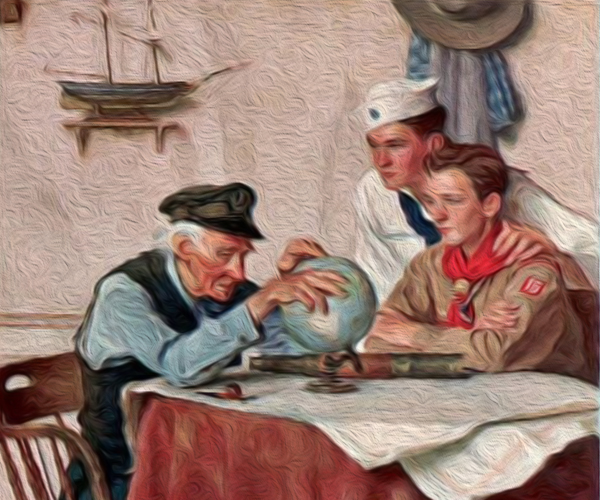
Understanding Military Terminology - flexible deterrent option
(DOD) Flexible deterrent option:
A planning construct intended to facilitate early decision making by developing a wide range of interrelated responses that begin with deterrent-oriented actions carefully tailored to create a desired effect. (Also called FDO. See also deterrent options. Source: JP 5-0) Wikipedia / DTIC.mil - JP 5-0) / The Air University
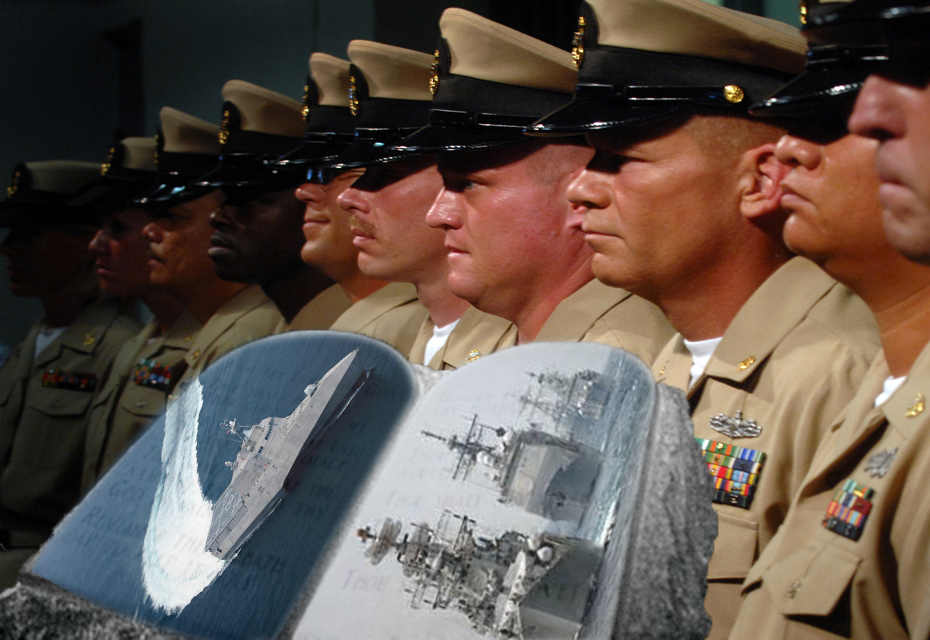
The Old Salt’s Corner
Chief Commandments By OSC(SW) Timothy H. Smith
1) Ignore other opinions. Regarding leading and managing your people – but always listen; there may be something you need to hear.
2) Have fun but be Professional. Don’t clown around with your juniors. You are a role model. They will take your actions as what they can do but to a higher degree.
3) Stay in shape. Again, you are the model. Besides, good health is a prerequisite to long life. Show them the way to a healthy lifestyle.
4) Know your job cold. You are the expert. Ensure your Sailors can “Ask a Chief”! Study, Prepare, Practice, minimize errors. No if’s, and’s or but’s.
5) Know your people. Who’s fast, who’s ready, and who needs encouragement. Know your opponent.
6) Be the same guy every day. Give people something to look forward to. No one likes a wishy washy Chief anyway. Prepare yourself to lead.
7) Passing tasks on to others is not a bad thing. Realizing you can’t do everything all the time is just good common sense. Share the wealth. Learn interdependency.
8) Learn to manage your time. Watch the clock. Get ahead of your process. Plan, plan, execute.
9) Meet Command goals, Personal goals, and Team goals. Score points for your team. You will be judged by how much you produce.
10) Don’t panic. When all around you is in chaos, you must steer the ship. Keep an even keel.
11) Don’t try to be Mr. Popular. The Navy needs Leaders, not popularity contest winners.

“I’m Just Sayin’”
Whenever I think of something but can't think of what it was I was thinking of, I can't stop thinking until I think I'm thinking of it again. I think I think too much.

“Thought for the Day”
“Talk low, talk slow, and don't say too much.”
~ Thomas Henry Huxley
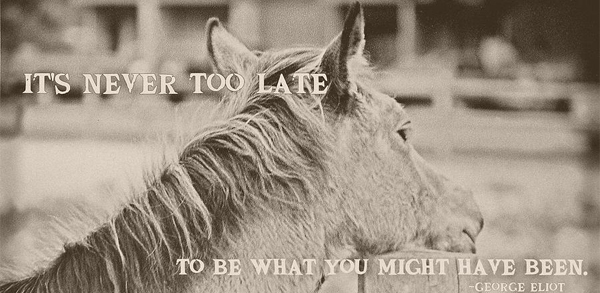
“What I Have Learned”
“It is never too late to be what you might have been.”
~ George Eliot

Bizarre News (we couldn’t make up stuff this good – real news story)
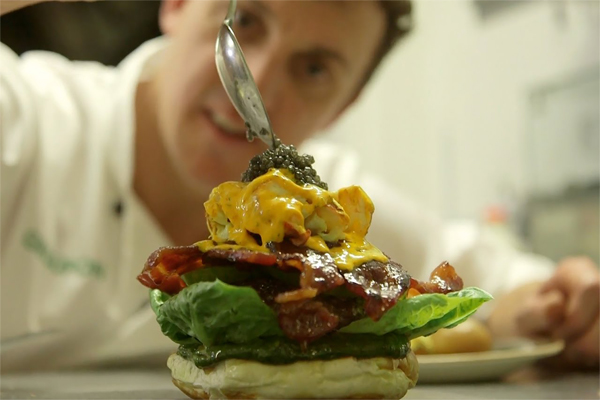
LONDON, England - A London restaurant's $1,768 burger contains Kobe Wagyu beef, New Zealand venison and an edible gold leaf.
Chris Large, head chef at the Honky Tonk eatery in the affluent Chelsea area, said the “Glamburger” was created in partnership with Groupon to celebrate the online company selling its five millionth food and drink voucher in Britain.
Large said the pricy ingredients in the burger, which is believed to be the world's most expensive, include Kobe Wagyu beef from Japan, New Zealand venison, Canadian lobster poached in Iranian saffron, beluga caviar, a hickory-smoked duck egg and an edible gold leaf.
The burger could also prove costly for a customer's health, as it contains 2,618 calories, more than the recommended daily amount for an adult in Britain.
Large said Groupon will be holding a contest to give away a free Glamburger.
“After sourcing the best possible ingredients to create this masterpiece, the winner will certainly have a dinner to remember,” he said.United Press International 
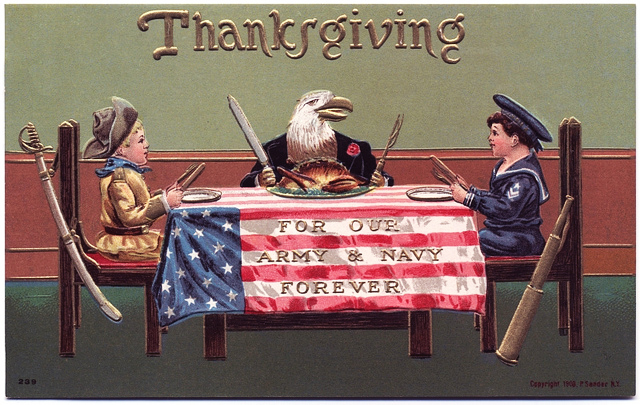
Happy Thanksgiving to Our Troops and Veterans
Images:
Thanksgiving in italy 1944;
Afghanistan Headquarters Headquarter Company Raptor Team members celebrate Thanksgiving;
U.S. Army Soldiers Celebrate Thanksgiving in Afghanistan;
Thanksgiving in Afghanistan -
The National WWII Museum, U.S. Air Force, Zimbio, Demotix
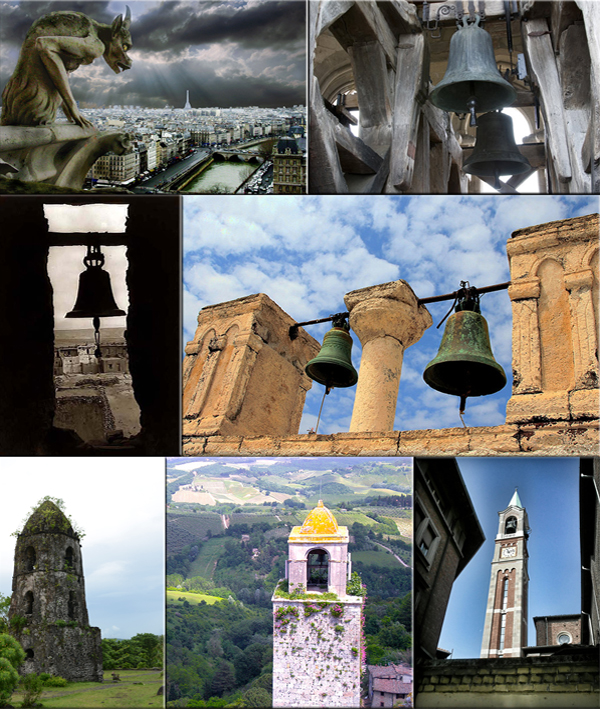
Mr. Answer Man Please Tell Us: Almost every bell tower you hear chime the time precedes its hourly announcement with a musical preamble--a simple tune we all know. It has four measures, each four notes long and then a rest before the next measure begins. How did we come to use this same chime in most all bell towers?
What you're referring to is the best-known of all clock chimes, the Westminster Quarters. According to tradition, the words to the tune are, “Oh, Lord our God / Be thou our guide / That by thy help / No foot may slide.” The melody was written by one William Crotch in 1794.
According to the New Grove Dictionary of Music and Musicians, it consists of four variations on the fifth and sixth bars of “I Know That My Redeemer Liveth”, one of the pieces in Handel's Messiah.
Crotch persuaded the powers that be to use the tune for the chimes of the new Cambridge University clock in Saint Mary the Great Church.
The tune was later copied by the proprietors of other clock towers, most notably in the Houses of Parliament at Westminster, from which its fame spread around the world.
Research: Wikipedia
• Wikipedia / Big Ben
• Tower Bells.org
• Academia.edu

Where Did That Saying Come From?
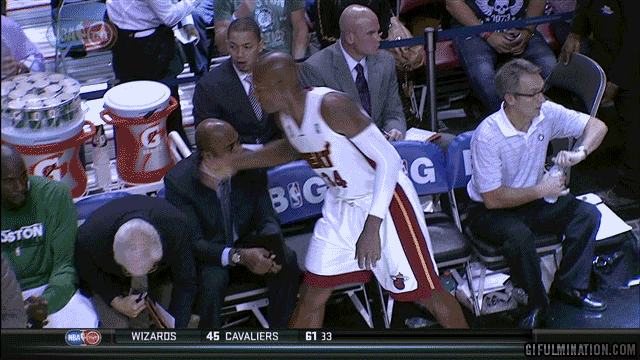
“Cold Shoulder:”
The “cold shoulder” originated from Shakespearean times, when an unwanted houseguest was served the shoulder of whichever animal was being eaten, which was the coldest, toughest part. This was supposedly a way of letting someone know that they had outstayed their welcome.Phrases.org.UK / Wikipedia

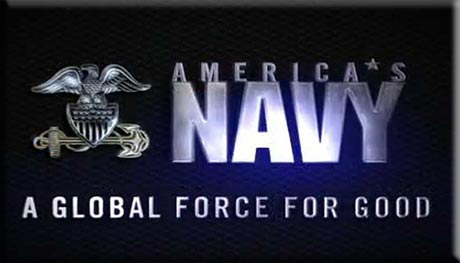
NAVSPEAK aka U.S. Navy Slang
Ouija Board/Wee-Gee Board: Flat board with small airplanes, bolts, etc. that can be moved around to indicate aircraft position and status on an aircraft carrier.
Railroad Tracks: Unsightly uniform appearance caused by a pair of poorly ironed military creases on a shirt or pair of trousers where there should be only one. (See “Summer creases”). Also refers to the connected silver rank bars of a Lieutenant's khakis.
Red-Rope: Slang for a Recruit Division Commander (RDC), in reference to the red rope worn around the left shoulder.
Shit Chaser: Name given to hull maintenance techs.
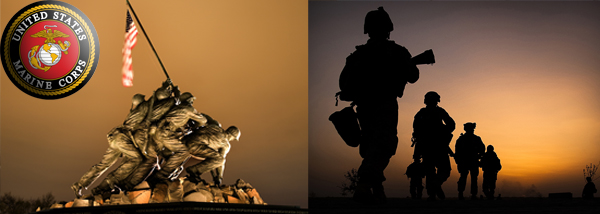
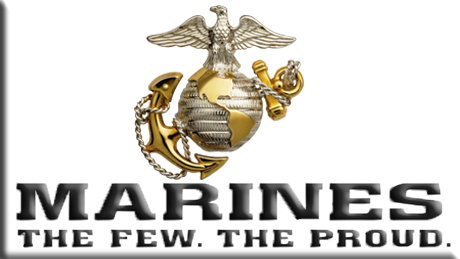
Just for you MARINE
Commanding Officer: A person in charge of a unit with the authorities granted under the UCMJ to dispense justice appropriate to his or her rank.
Commando: Not wearing skivvies.
Commissary: Grocery stores on base run by DeCA (Defense Commissary Agency).
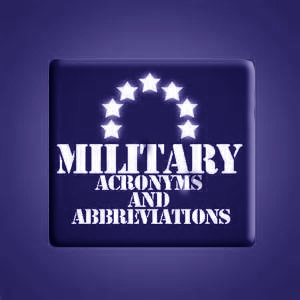
Navy Acronyms
JAG - Judge Advocate General
Corps that provides legal services and advice in all legal matters involving the Navy or the Command.
JTF - Joint Task Force
The combination of more than one military service.
LSO - Landing Signal Officer
Naval Aviators specifically trained to facilitate the safe recovery of aircraft aboard aircraft carriers.
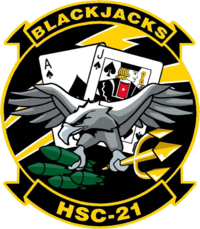
Naval Aviation Squadron Nicknames
HSC-21 - Helicopter Sea Combat Squadron 21: “Blackjacks” NAS North Island, California

The Strange, Mysterious or Downright Weird
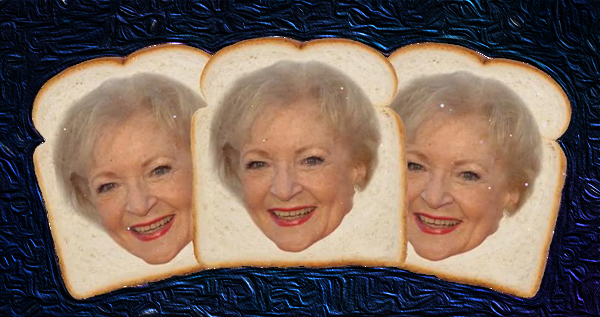
Fans might call her the best thing since sliced bread – except they can’t, because she predates it. White was born in 1922 while sliced bread was introduced in 1928 by Otto Frederick Rohwedder. Before that, bread was sold in loaves because people didn’t believe slices would stay fresh.
Grandparents / Wikipedia

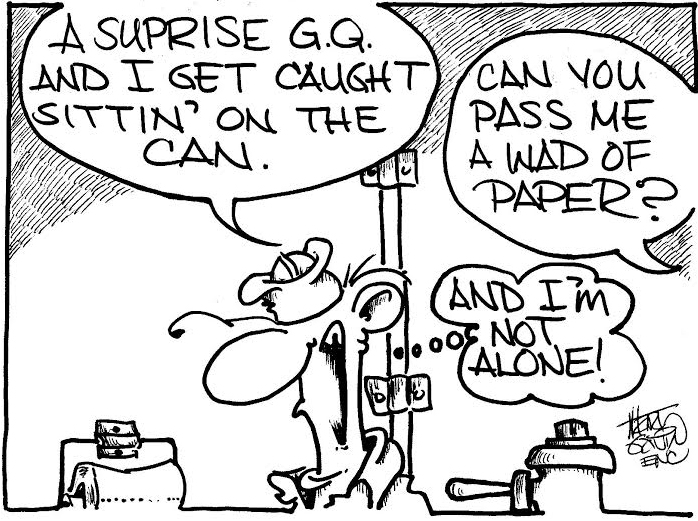
SONG FACTS
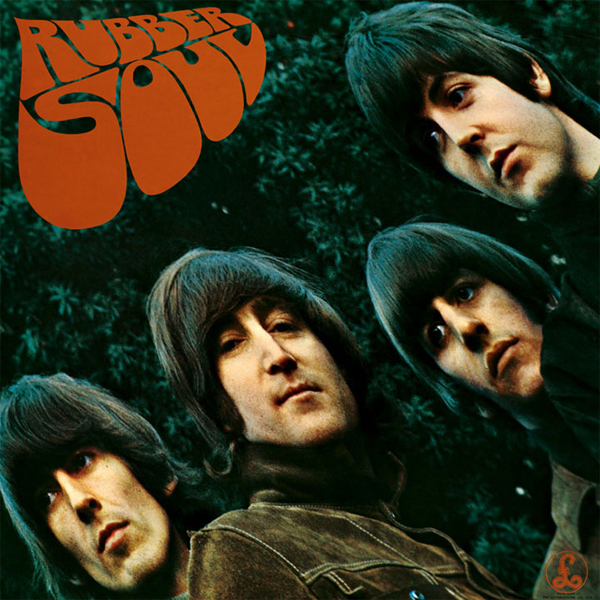
“In My Life” - The Beatles
Album: Rubber Soul
Released 1965 
This is an autobiographical song about John Lennon's life. He wrote most of the lyrics after being asked why a book he wrote, “In His Own Write”, revealed more about him than his songs did.
The lyrics about friends refer to Stu Sutcliffe, an early Beatle and great friend of John's who died in 1962, and another friend named Pete Shotton. Lennon also thought of his Aunt Mimi and wife Cynthia, as well as other friends. One of the most beautiful Beatles songs, John called it “A little piece of art work.”
The Beatles left a hole for the instrumental break when they recorded this. Producer George Martin filled it in the next morning by playing a piano solo and speeding up the tape to make it sound like a harpsichord. Lennon had asked him to fill it with something “baroque”.
Both Lennon and McCartney thought this was one of the best Beatles songs.
There is controversy over how involved McCartney was in writing this. Lennon claimed in later interviews that he wrote the whole thing, while McCartney claimed it was an equal collaboration.
This was voted the best song of all time by a panel of songwriters in a 2000 Mojo magazine poll. The panelists included McCartney, Brian Wilson, Lamont Dozier, and Carole King.
Dave Matthews played this at the 2001 special Come Together: A Night For John Lennon's Words And Music. The song took on new meaning, as the show aired 3 weeks after the terrorist attacks on America.
According to John Lennon: The Life and Legend (The Sunday Times: A Special Tribute 1980), Lennon began writing this in 1964. He forgot about the song for a while and he wrote it again one year later, with lyrics talking about people from his childhood and younger years. In John's original handwritten lyrics he made reference to several places in Liverpool:
“Penny Lane is one I'm missing
Up Church Rd to the clocktower
In the circle of the abbey
I have seen some happy hours.
Past the tramsheds with no trams
On the 5 bus into town
Past the Dutch and St. Columbus
To the Dockers Umbrella that they pilled down.”
The Dockers Umbrella was the world's first overhead railway (opened 1893). St. Columbus could refer to a school the bus passes.
The music was inspired by The Temptations / Smokey Robinson & The Miracles song “You've Really Got A Hold On Me”. 
In an interview with Lennon in the January 1971 edition of Rolling Stone, Lennon recalled the writing of this song: “I wrote that in Kenwood (his home at the time). I used to write upstairs where I had about ten Brunell tape recorders all linked up, I still have them, I'd mastered them over the period of a year or two - I could never make a rock and roll record but I could make some far out stuff on it. I wrote it upstairs, that was one where I wrote the lyrics first and then sang it.” He added that was usually the case with songs such as this one and “Across the Universe” and “some of the ones that stand out a bit”.
Rolling Stone magazine (500 Greatest Albums of All Time) / Wikipedia / The Beatles.com
Image: Rubber Soul – The Beatles
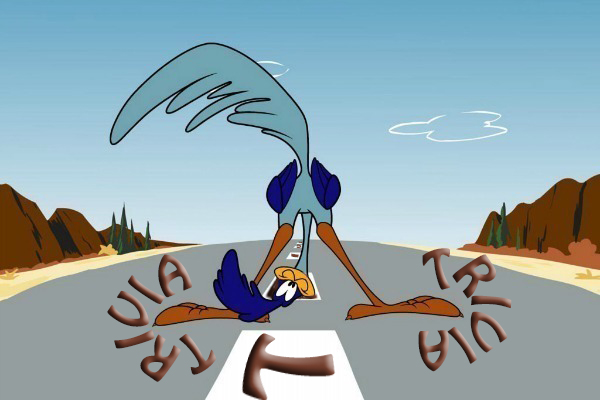
Trivia
● The first lightweight luggage designed for air travel was conceived by aviation pioneer Amelia Earhart.
● The Pentagon in Washington, D.C. has five sides, five stories, and five acres in the middle.
● The moon is always falling. It has a sideways motion of its own that balances its falling motion. It therefore stays in a closed orbit about the Earth, never falling altogether and never escaping altogether.
A Test for People Who Know Everything
How many times a day do the hour and minute hands of a clock overlap?
● Answer for People Who Do Not Know Everything, or Want to Verify Their AnswerNPR
Answer to Last Week's Test
How many states participated in the 1789 presidential election in which George Washington defeated John Adams?
Answer: Ten. The three states that didn’t participate in electing the nation’s first president were New York, whose legislature failed to appoint electors on time, and North Carolina and Rhode Island, which had not yet ratified the Constitution.
Joke of the Day
1 Bob Smith, my assistant programmer, can always be found
2 hard at work at his desk. He works independently, without
3 wasting company time talking to colleagues. Bob never
4 thinks twice about assisting fellow employees, and always
5 finishes given assignments on time. Often he takes extended
6 measures to complete his work, sometimes skipping coffee
7 breaks. Bob is a dedicated individual who has absolutely no
8 vanity in spite of his high accomplishments and profound
9 knowledge in his field. I firmly believe that Bob can be
10 classed as an asset employee, the type which cannot be
11 dispensed with. Consequently, I duly recommend that Bob be
12 promoted to executive management, and a proposal will be
13 executed as soon as possible.
Addendum:
That idiot was standing over my shoulder while I wrote the report sent to you earlier today. Kindly re-read only the odd numbered lines.

























